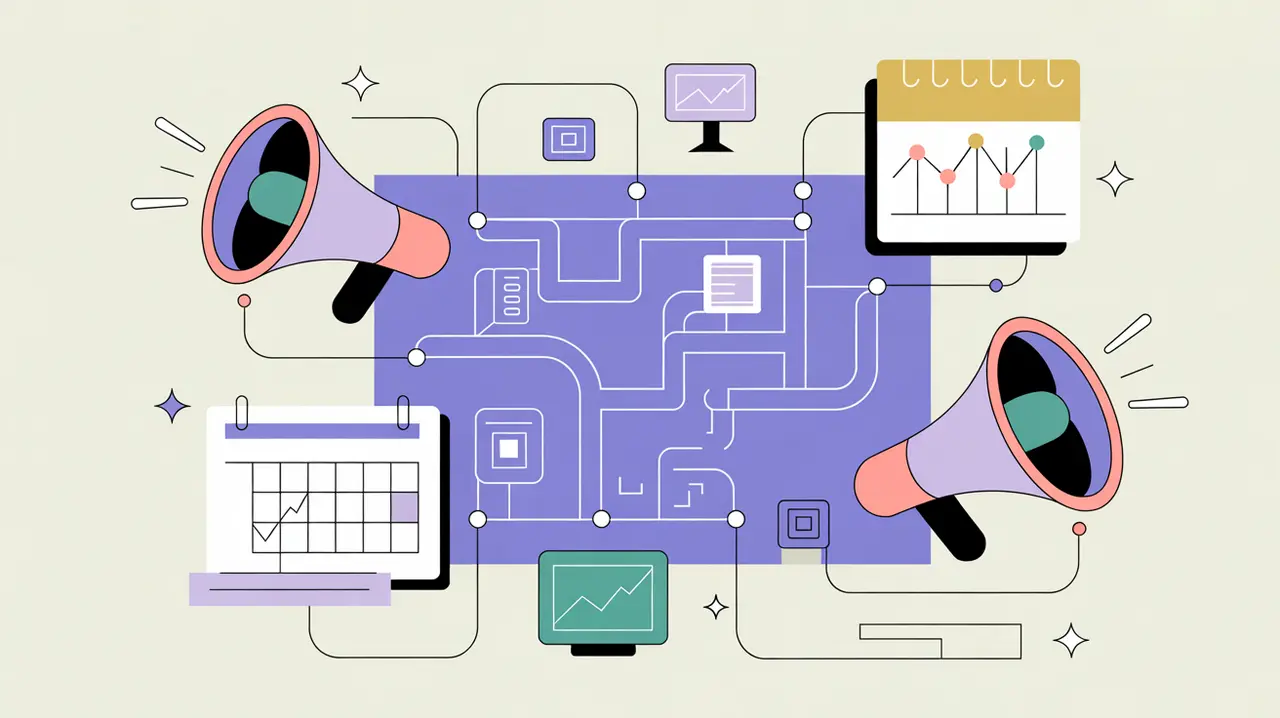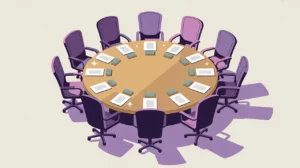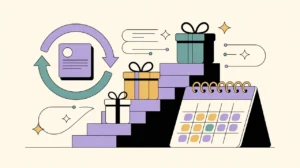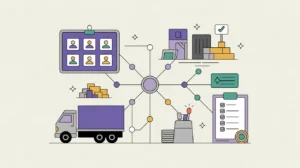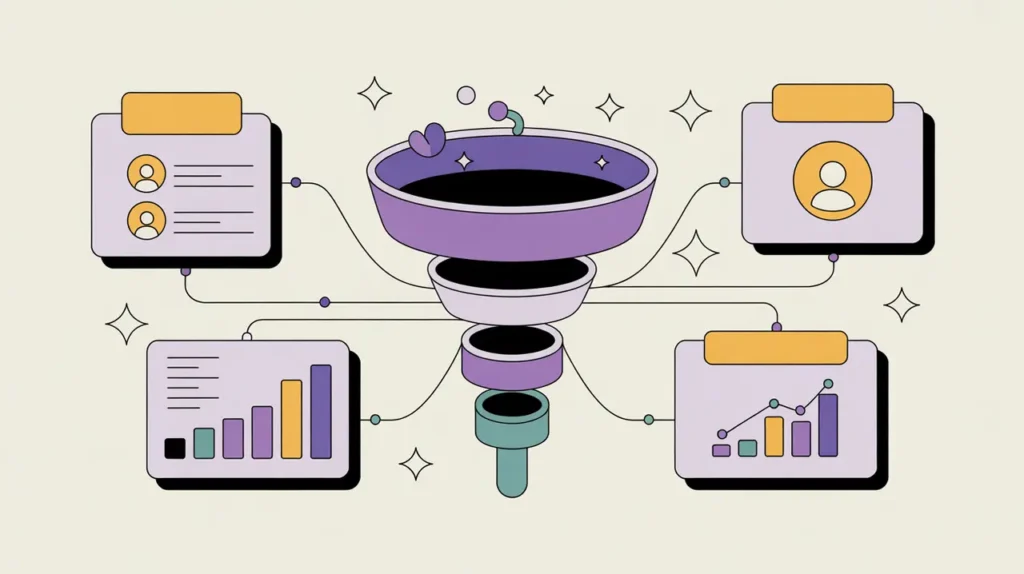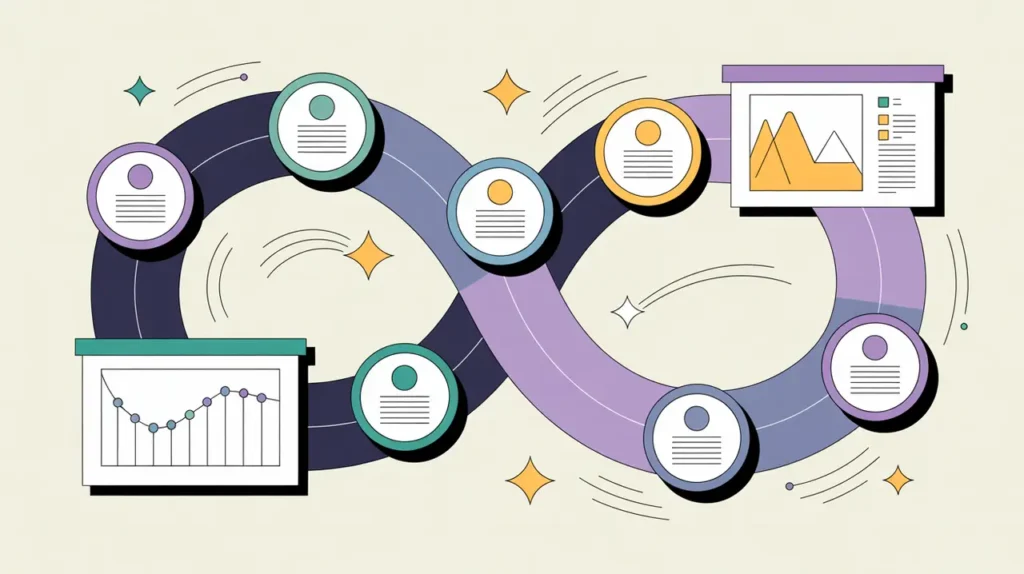What Does Fundraising Strategy and Campaign Design Involve?
Fundraising strategy and campaign design is the stage where nonprofits translate ambition into an actionable roadmap. It sets revenue targets, defines the mix of fundraising approaches (grants, individual giving, corporate partnerships, events, digital), and designs campaigns that align with both donor interests and organizational needs. A well-designed strategy balances diversification with focus. It ensures the organization is not overly reliant on one funding stream while concentrating on the most viable opportunities.
In practice, campaign design involves segmenting audiences, creating tailored appeals, and planning multi-channel outreach. It also requires scenario planning to model risks, timelines, and expected returns. Strong campaigns weave together clear cases for support, compelling storytelling, and consistent donor journeys. Strategy is not static; it must evolve as donor trends, organizational priorities, and external conditions shift.
When nonprofits neglect strategy, fundraising becomes reactive and fragmented. With a coherent strategy, fundraising is proactive, scalable, and aligned with long-term sustainability. Campaign design ensures that strategies are implemented in concrete, trackable ways that engage donors and deliver results.
What Competencies are Associated with this Role?
Effective strategy and campaign design require foresight, coordination, and creativity. Competencies include:
- Setting revenue targets and forecasting income
- Analyzing donor and market trends
- Designing multi-channel campaigns (digital, events, direct mail, grants)
- Segmenting audiences and tailoring appeals
- Building donor journeys and engagement pathways
- Aligning campaigns with program and organizational priorities
- Developing campaign budgets and ROI models
- Coordinating messaging across platforms and teams
- Establishing KPIs and measurement frameworks
- Iterating strategies based on data and donor feedback
How Might AI and Automation Help this Role?
AI and automation can make strategies sharper and campaigns more adaptive. Opportunities include:
- AI-driven donor segmentation and clustering
- Predictive analytics for campaign performance forecasting
- Generative AI for drafting campaign concepts and messaging
- Automated A/B testing of appeals and communications
- CRM-integrated AI to suggest next steps in donor journeys
- Social listening tools to identify donor sentiment and emerging trends
- Automated campaign dashboards with real-time performance tracking
- AI-powered scenario planning and revenue modeling
What are the Roles by Experience Level?
Campaign design involves a blend of creative, analytical, and leadership roles:
- Entry: Development Assistant, Campaign Coordinator – support campaign logistics, schedule communications, track responses
- Mid: Development Officer, Campaigns Associate – draft campaign materials, manage donor segments, oversee specific channels
- Senior: Development Manager, Strategy Lead – design campaigns, align with organizational goals, manage budgets and KPIs
- Executive: Director of Development, Chief Development Officer – approve strategies, set revenue targets, represent campaigns to boards and major donors
How Transferable are the Skills from this Role?
Fundraising strategy and campaign design skills transfer directly to marketing, sales, and corporate communications. Within nonprofits, they prepare staff for leadership roles in development, communications, or strategy. Beyond nonprofits, campaign design is in high demand in advertising, digital marketing, political campaigning, and brand management. The skills developed, which include audience segmentation, strategic planning, and ROI measurement, are applicable wherever organizations must move people to action. Mastery of this role equips professionals to lead initiatives that combine creativity with disciplined execution.
